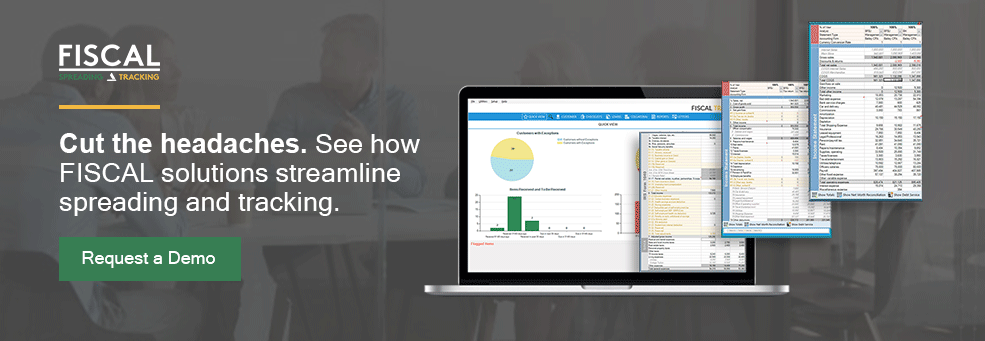Today’s banks have a wide selection of options when it comes to loan origination and credit risk software. Community banks and credit unions are seeking software that’s going to make the process less complicated and more efficient and may find that many vendors are selling end-to-end, comprehensive solutions designed for far larger institutions.
This puts credit unions and community banks in a unique situation: they know they’ve grown beyond the capabilities Excel has to offer and want the efficiency, accuracy and transparency that spreading and tracking software promises. However, the rigid, end-to-end solutions created for larger banks may not be the right fit. What these institutions seek is a right-fit solution, one that offers efficiency and flexibility built for small business lending.
How to find the right credit risk software
If you’re among those institutions that see software as the next step toward modernization and increasing efficiency, we recommend starting with software that offers these capabilities, at a minimum:
- Statement spreading
- Global cash flow
- Financial statement tracking
Next, look at the capabilities offered beyond the basics. Do these software solutions understand your loan processing workflow? Are they flexible and do they offer means for documenting adjustments? Software that markets itself as an end-to-end solution or as a loan origination system (LOS) offers numerous tools and built-in efficiencies, but these should be evaluated carefully against the your lending procedures. End-to-end systems may not deliver as promised when integrated into your lending process simply because they are not built for the way your institution does business.
The top features of credit risk software
For those at a community bank or credit union focused on small business lending, here are some features to look for– or look at more in-depth– when considering credit risk software.
1. Duplicate data entry
Data entry is an essential and sometimes time-consuming aspect of conducting credit risk analysis. A number of end-to-end systems highlight a single data entry point feature. The tool takes the initial information input by the lender on a prospective borrower and carries this across the lending and credit analysis process, saving time on data entry.
While at first glance this would certainly appear to be a significant time-saver, it can actually introduce inefficiencies. Loan officers are used to working with “good enough” information, but data must be precise on legally-binding loan documents. In order to realize the purported data entry time savings, community banks and credit unions that use end-to-end software in the early stages of the process would need to require that the loan officer enter data as completely and accurately as a loan document processor.
Many smaller institutions opt to keep their current process and simply move it into the new solution, entering information for quick initial review, and going back later when loan docs are being prepared to ensure all information is accurate and complete. For a skilled processor, reviewing the accuracy of entries made by the officer is often slower than simply re-keying the data themselves. The result is that unless you’re willing to completely rework your processes in light of the new tool, single-point-data-entry saves less time than originally promised.
A better solution is one that allows some flexibility in data entry while also reducing the work of updating and inputting information. Software that is connected to a bank’s core system can regularly update customer data and input information when existing customers apply for new lines of credit. This approach completely eliminates data entry for deals to existing customers- often 70% or more of a community bank or credit union’s business- and ensures that data is loan-doc ready, while maintaining flexibility in the data entry process for entirely new deals.
2. Software for streamlined processes
Larger banks typically use a handoff or assembly-line system of loan origination, putting the loan application through various levels of review before approval- loan officer, analyst, processor, reviewer, committee, etc. Many LOS or loan management system (LMS) systems meet this need by building in various checkpoints throughout the system, preventing the application from moving further unless certain criteria are met.
Community banks and credit unions that use a streamlined process involving two to three points of review instead of many for loan origination and review will quickly become frustrated with a system built for the handoff style. Instead of adopting a system made for a much larger bank, it pays to look for software that allows smaller institutions the flexibility and customization they need.
3. Automated backup for peace of mind
Preserving and protecting customer data is a high priority for banks of all sizes, yet many community banks and credit unions continue to use Excel-based processes for spreading and tracking. These workbooks are often saved on the user’s local computer, leaving the institution with no system for backing up borrower data in the event of a crash or other accidental damage.
Look for credit risk software and lending management tools that offer a secure database that can be incorporated into your institution’s existing backup routines. It is an easy way to ensure that, if documents are lost or deleted by mistake, there is another system that’s storing important lending documents and data.
Tips for finding the right credit risk software
When considering credit risk software, it helps to understand your bank’s needs. You do not want to introduce an expensive system that creates more complexities and inefficiencies than you had before or forces your staff to do things in a way that doesn’t align with your processes.
FISCAL offers a solution that’s meant to meet smaller lending institutions where they’re at, allowing for the flexibility they need while also including features for streamlining manual procedures. Clear, concise credit analysis reports help provide the information decision-makers need without overwhelming them with the information they don’t. Easy data entry with a wide selection of templates helps gain that time-saving efficiency loan officers and analysts are looking for, while maintaining the flexibility and control required for small business lending.
For more information about finding the right-sized software solution, contact us today about FISCAL Forward & FISCAL TRACKING.



